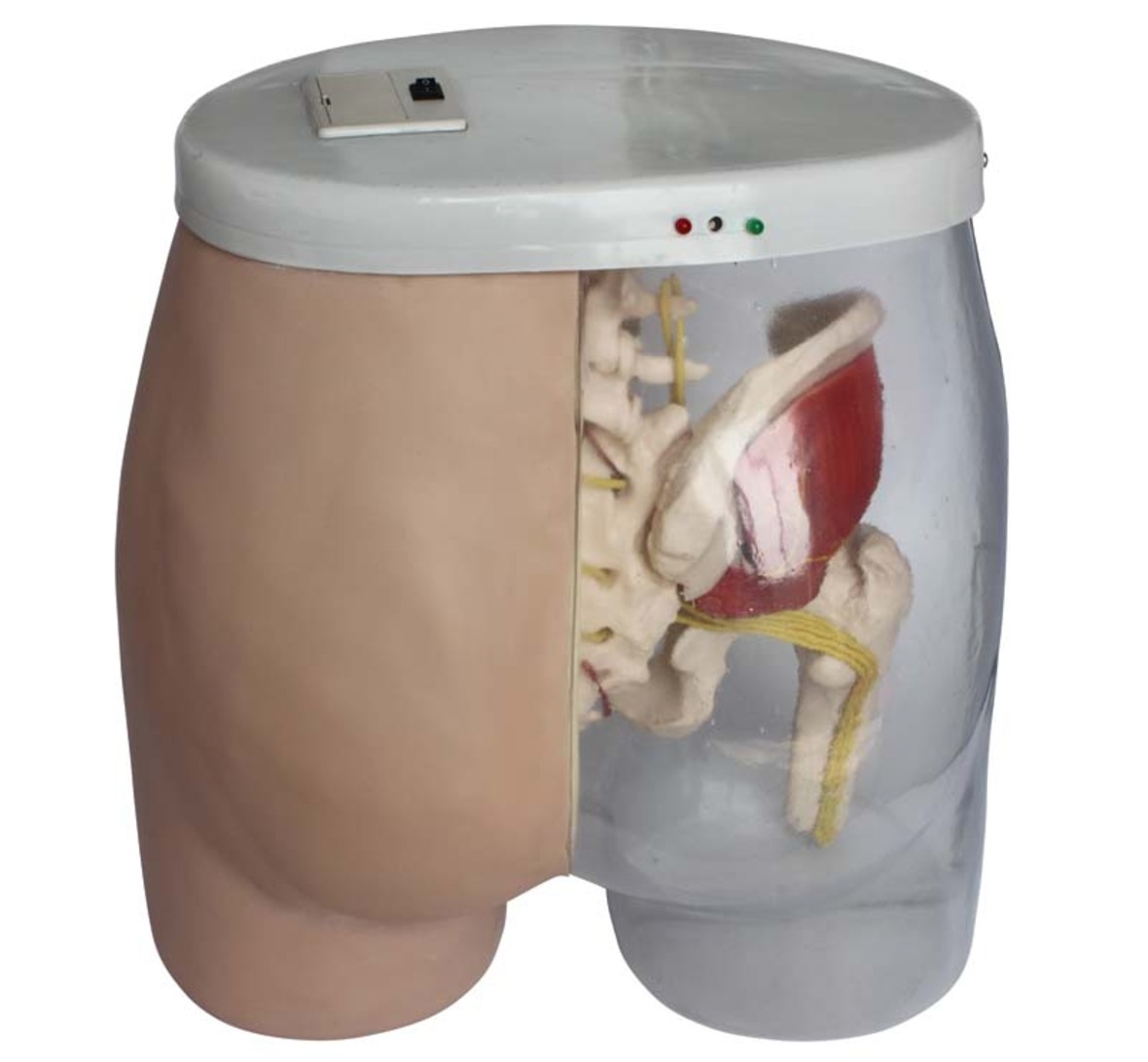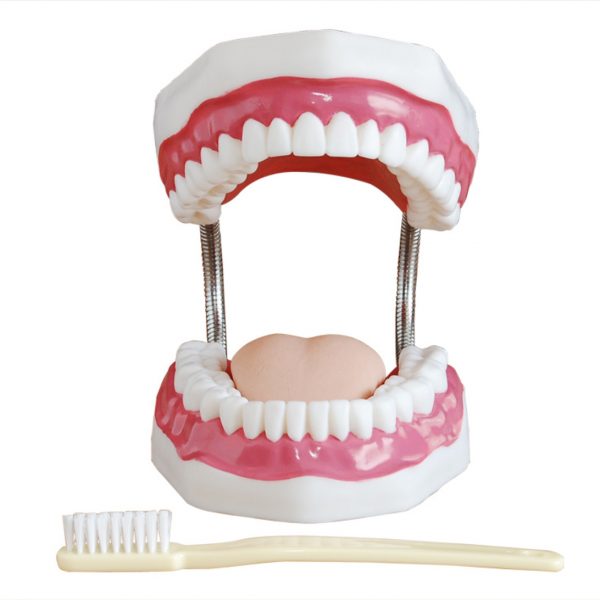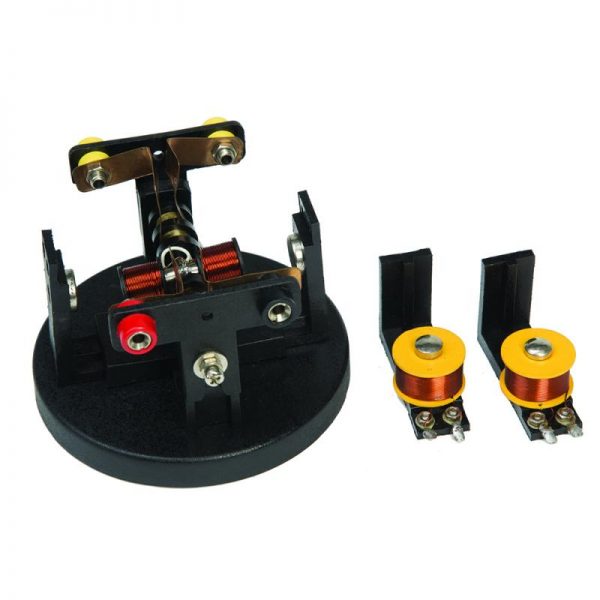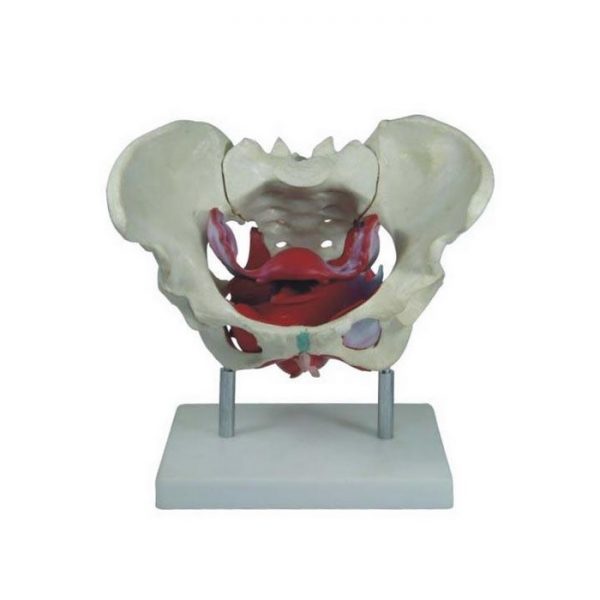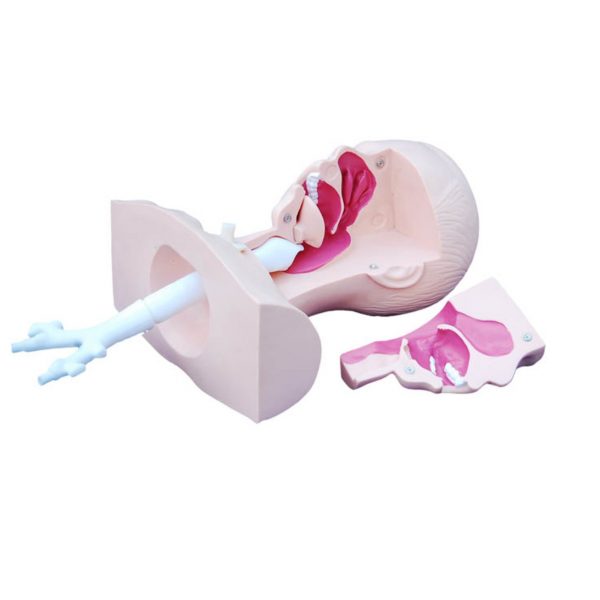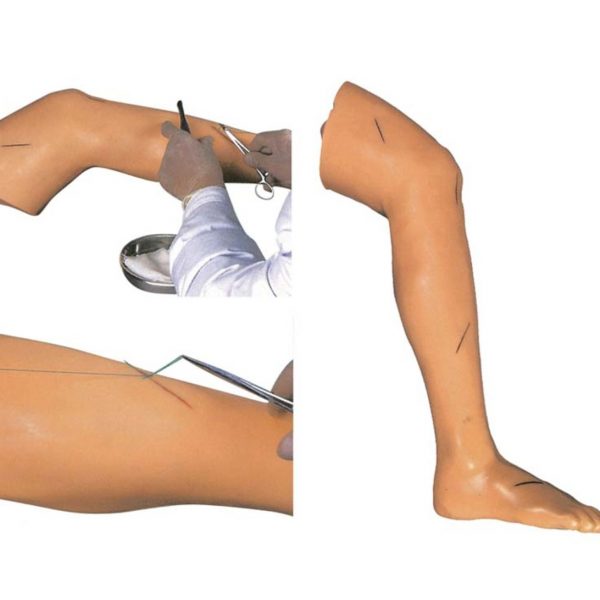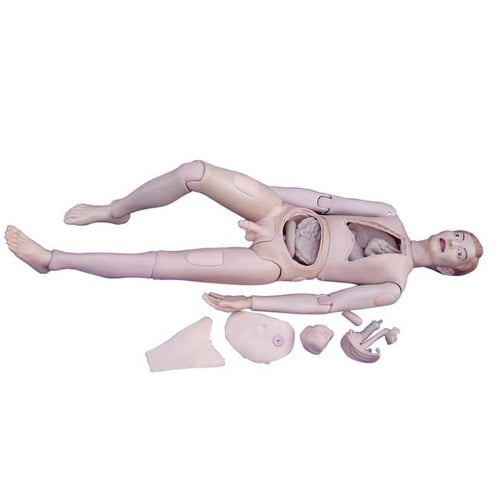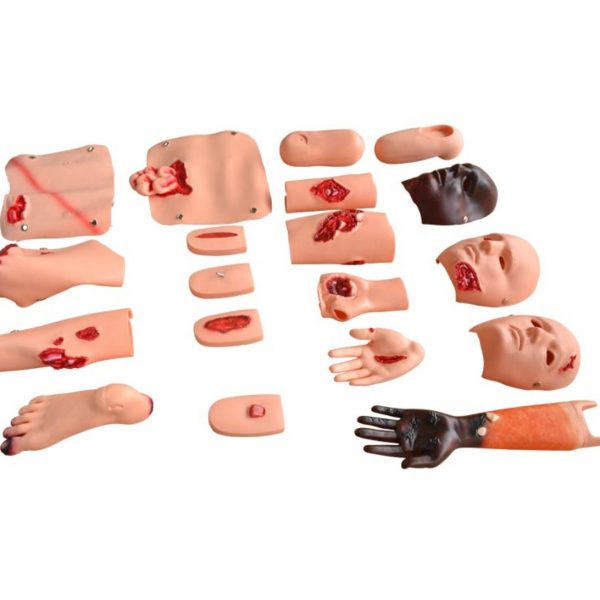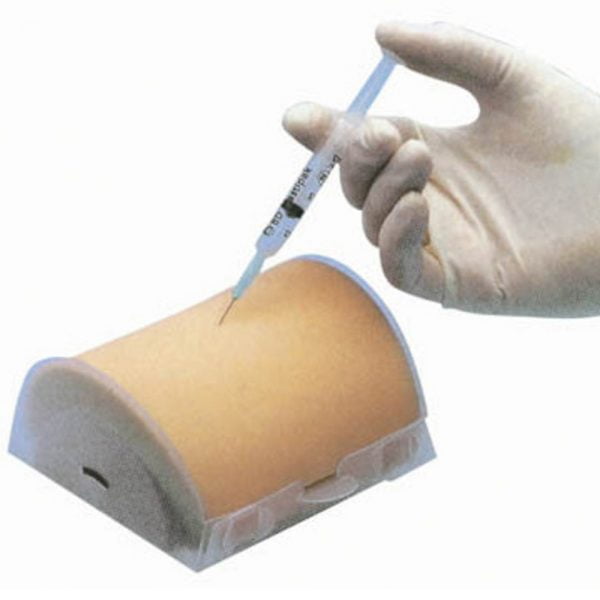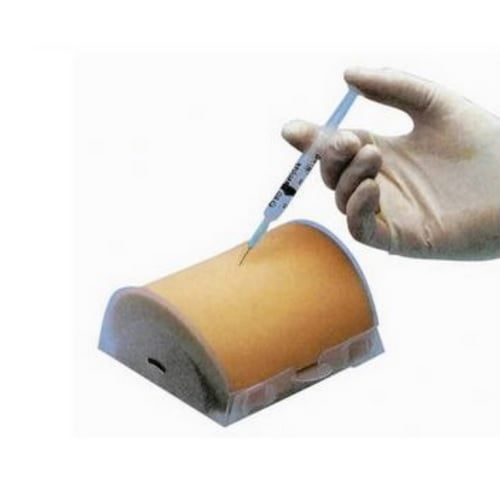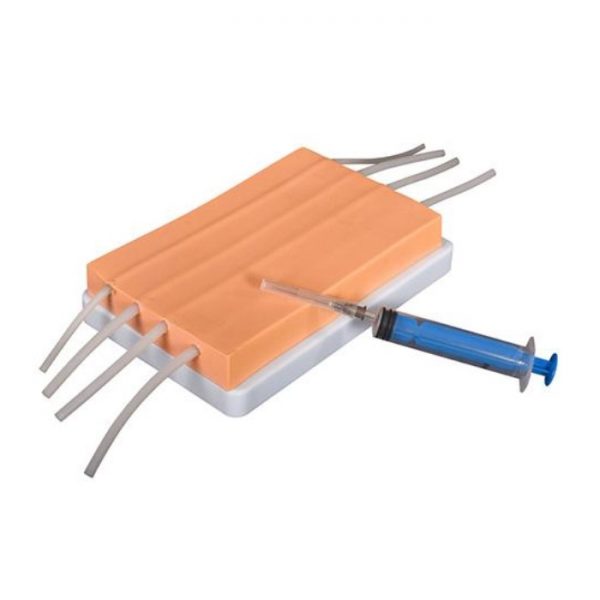Intramuscular Injection Model
Intramuscular Injection Model
This model with realistic skin is perfect for teaching proper injection techniques and how to avoid nerves and veins. The see-through right side of the model shows internal structure including bones, muscles, nerves, and veins. The gluteus medius, nerves, veins, ilium crista, and greater trochanter can be palpated to confirm the correct injection points. Fluid injected in the proper place is discharged through a drain tube into drain bag. A green light indicates correct injection technique and positioning – a buzzer and flashing red light warn students if they have gone too deep or if needle position is incorrect.
Specifications
Size: 43x28x44cm
Material: PVC
Skin side: realistic skin
See-through side: internal structure including bones, muscles, nerves, and veins
Green light: correct injection technique
Red Light: needle position is incorrect.


 Botzees
Botzees Keyestudio
Keyestudio Fischertechnik
Fischertechnik